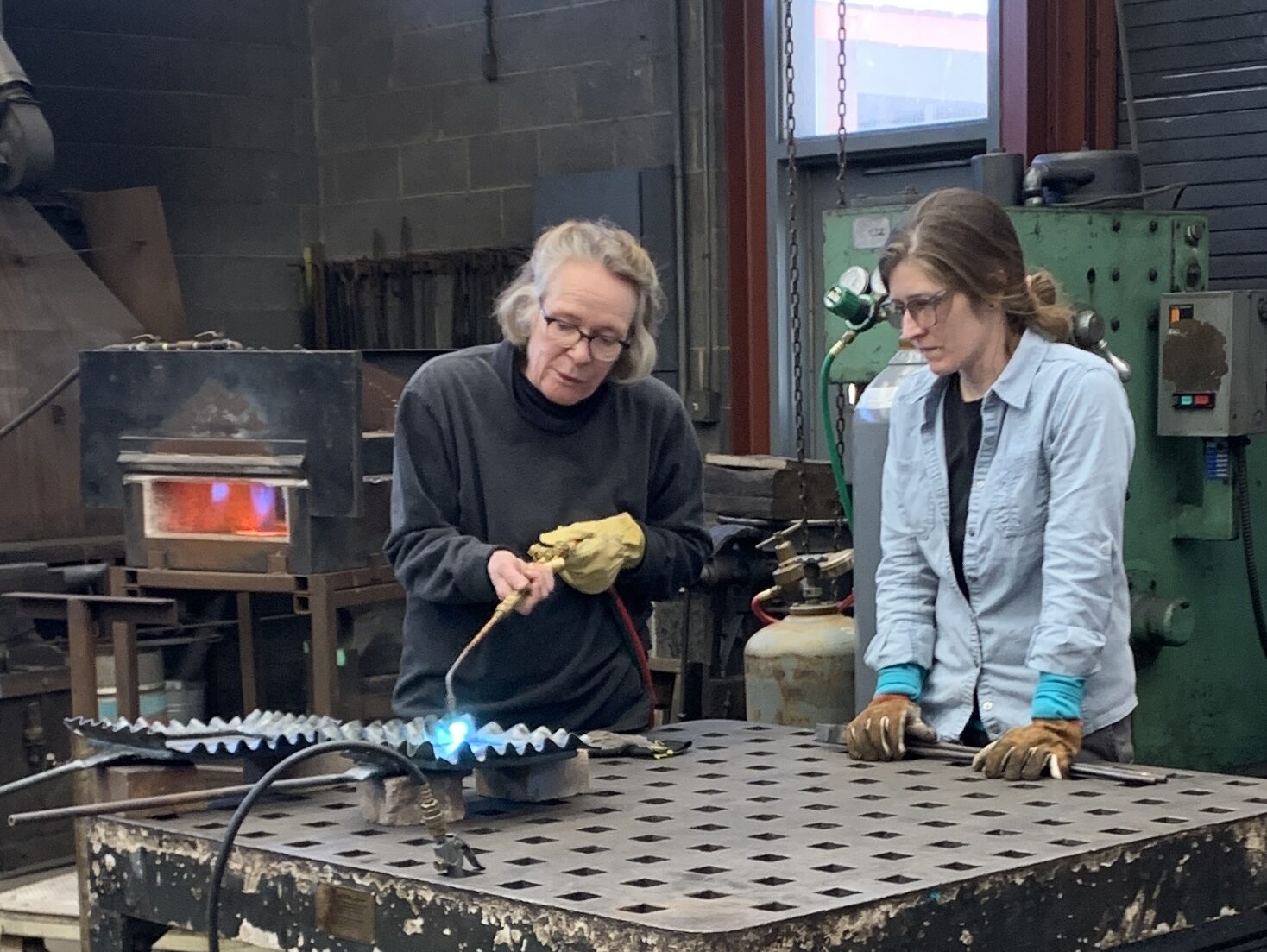
An outpouring of support for 2023 Outstanding Artist Educator Elizabeth Brim has helped establish the Elizabeth Brim Scholarship! We invite you to help endow a scholarship in honor of Elizabeth Brim’s pioneering and sustained contributions to the blacksmithing community! Any amount is greatly appreciated.
“Few people have been as committed and have contributed as much to Penland as Elizabeth Brim. Not only is Elizabeth a rockstar in the blacksmithing world, she is a great friend and inspiration to so many who enjoy the Penland experience. If Elizabeth has touched your life, directly or indirectly, we invite you to be a part of her legacy by donating to the Elizabeth Brim Scholarship. We are thrilled to honor Elizabeth Brim’s legacy by creating this opportunity for future generations. ”
-Susan Owen, friend, mentee, peer
BE A PART OF ELIZABETH’S LEGACY
Deep Penland Connections
Elizabeth was Penland’s iron studio coordinator from 1995–2000 and then settled permanently into a house and studio just a mile from the school. Over three decades, she has taught many workshops at Penland and other craft schools including Peters Valley in New Jersey and Haystack in Maine. She has demonstrated at numerous blacksmithing conferences, organized two symposia at Penland, and been a role model and inspiration for countless aspiring blacksmiths. She continues to be an integral part of the Penland community.
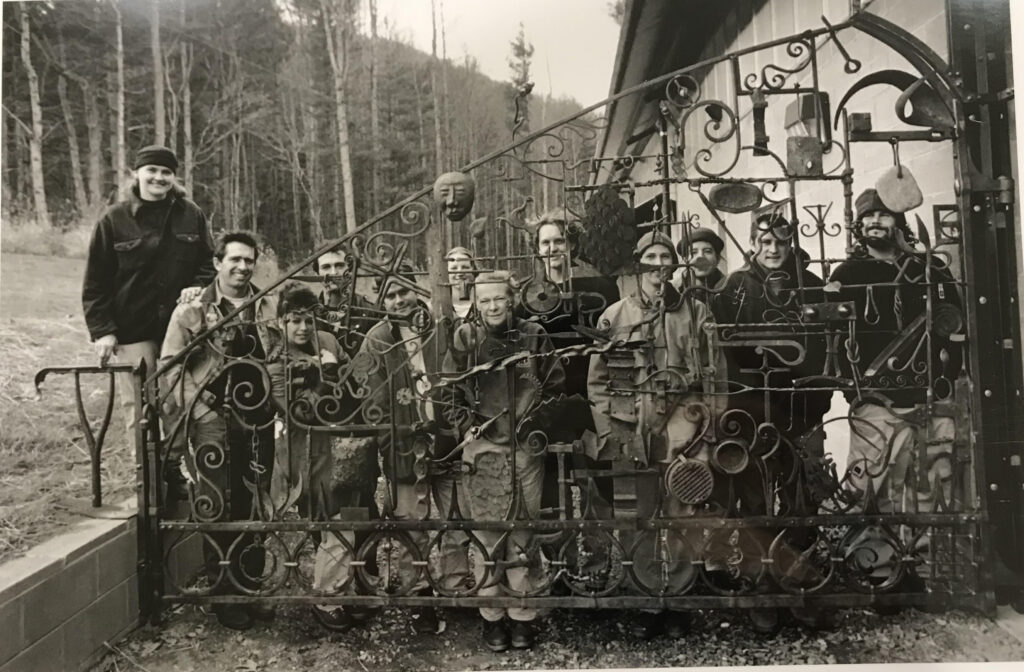
Iconic, Innovative Work
Elizabeth Brim is known for her life-sized, steel replicas of traditionally feminine objects such as hats, dresses, pillows, and flowers; for her expressive and fluid use of the material; and for her facility at inflating steel forms with compressed air.
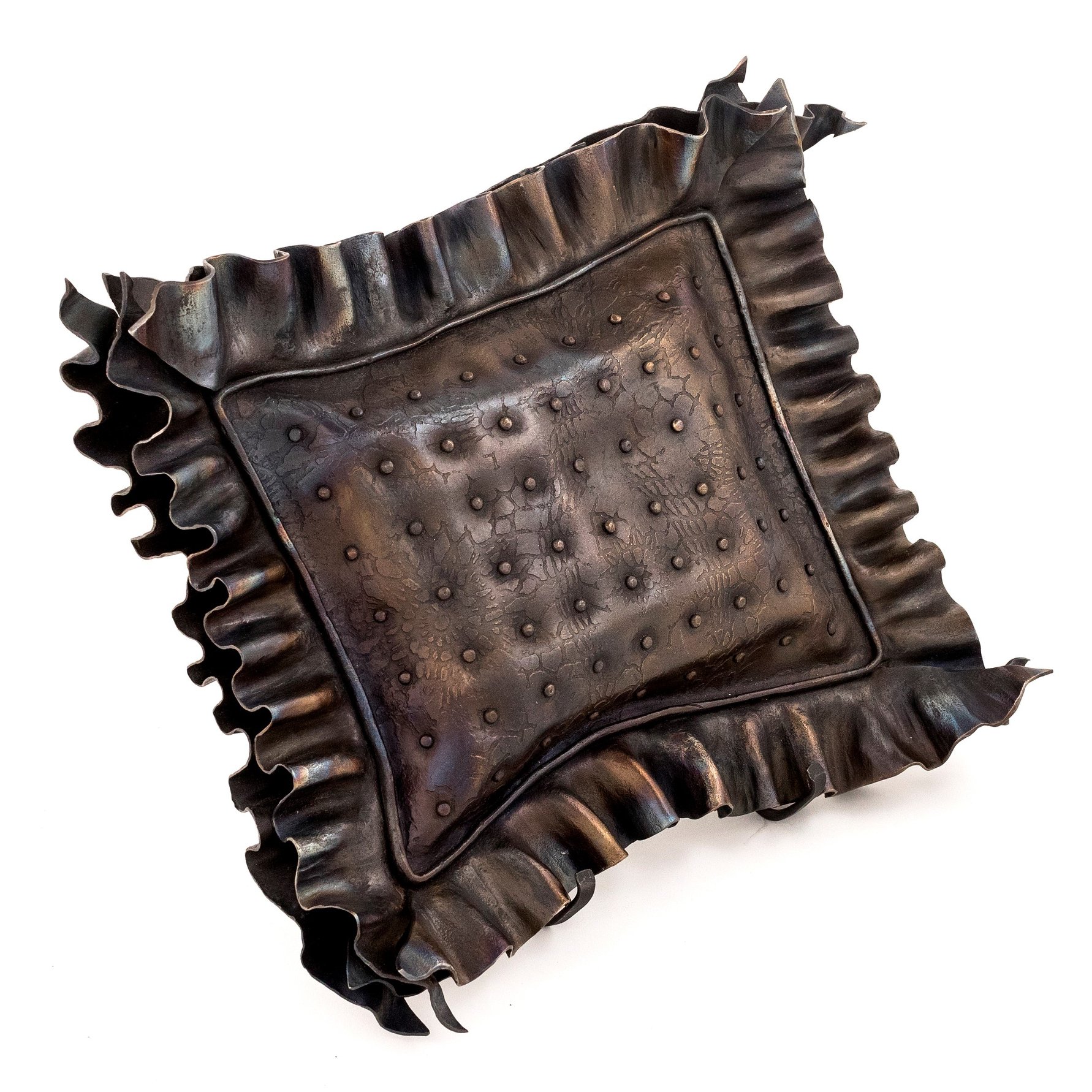 Elizabeth Brim, Excess, 2008. Steel. Metal Museum Permanent Collection 2009.8.1. Gift of John & Robyn Horn.
Elizabeth Brim, Excess, 2008. Steel. Metal Museum Permanent Collection 2009.8.1. Gift of John & Robyn Horn.
Watch Elizabeth inflate a steel pillow.
Honoring Elizabeth
Over the summer, Penland honored Elizabeth as Outstanding Artist Educator at the 38th Annual Penland Benefit Auction. Twenty blacksmiths who are near and dear to Elizabeth created special works of art, inspired by her for the occasion. Friends and colleagues shared how Elizabeth has touched their lives. Many of these artists have contributed to the Elizabeth Brim Scholarship fund, bringing us closer to our goal of endowing a scholarship that will provide opportunities for blacksmiths for generations to come.
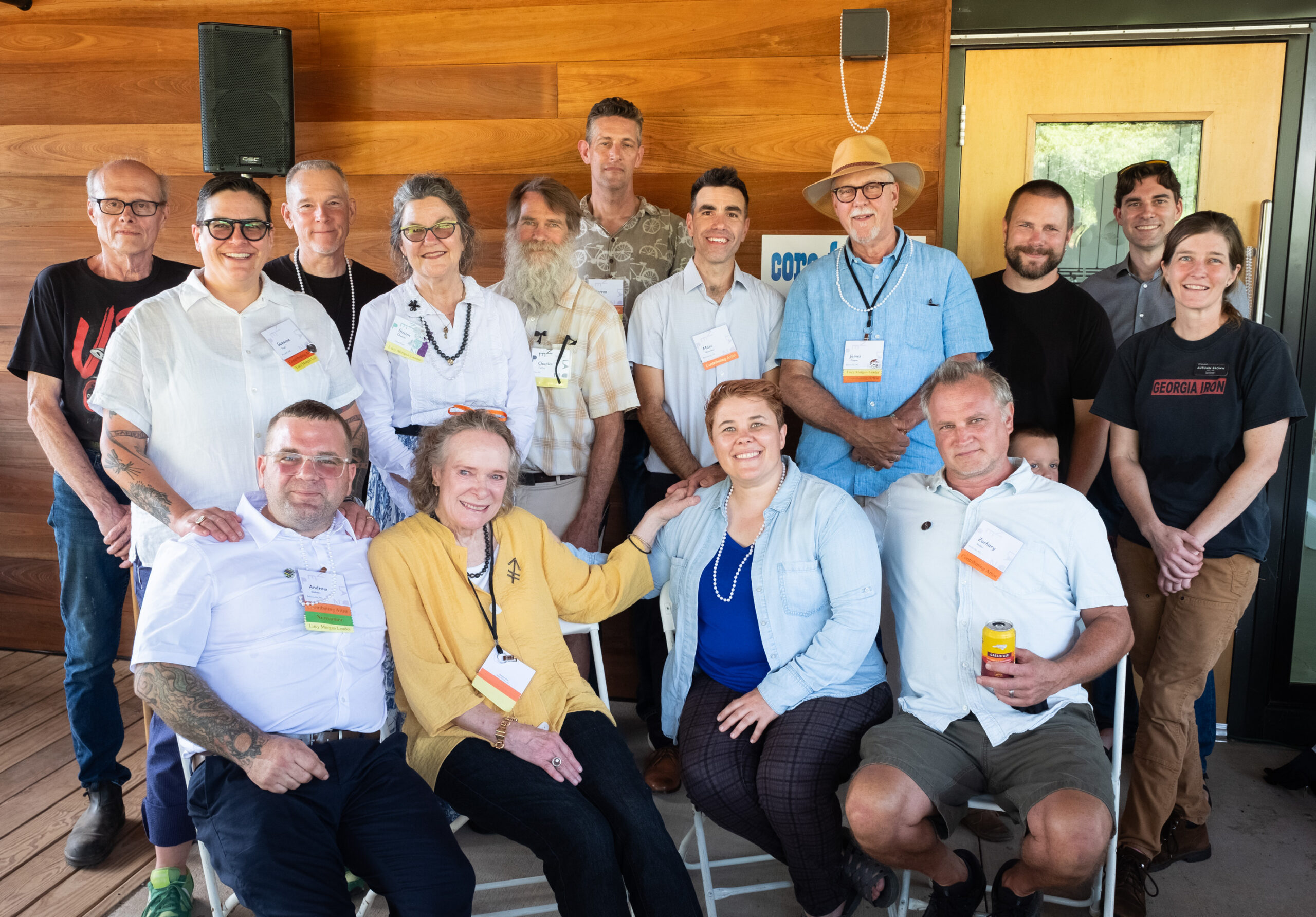
Elizabeth has given so much to Penland and to the blacksmithing community. We invite you to be a part of her legacy by donating to the Elizabeth Brim Scholarship fund. Donate today!





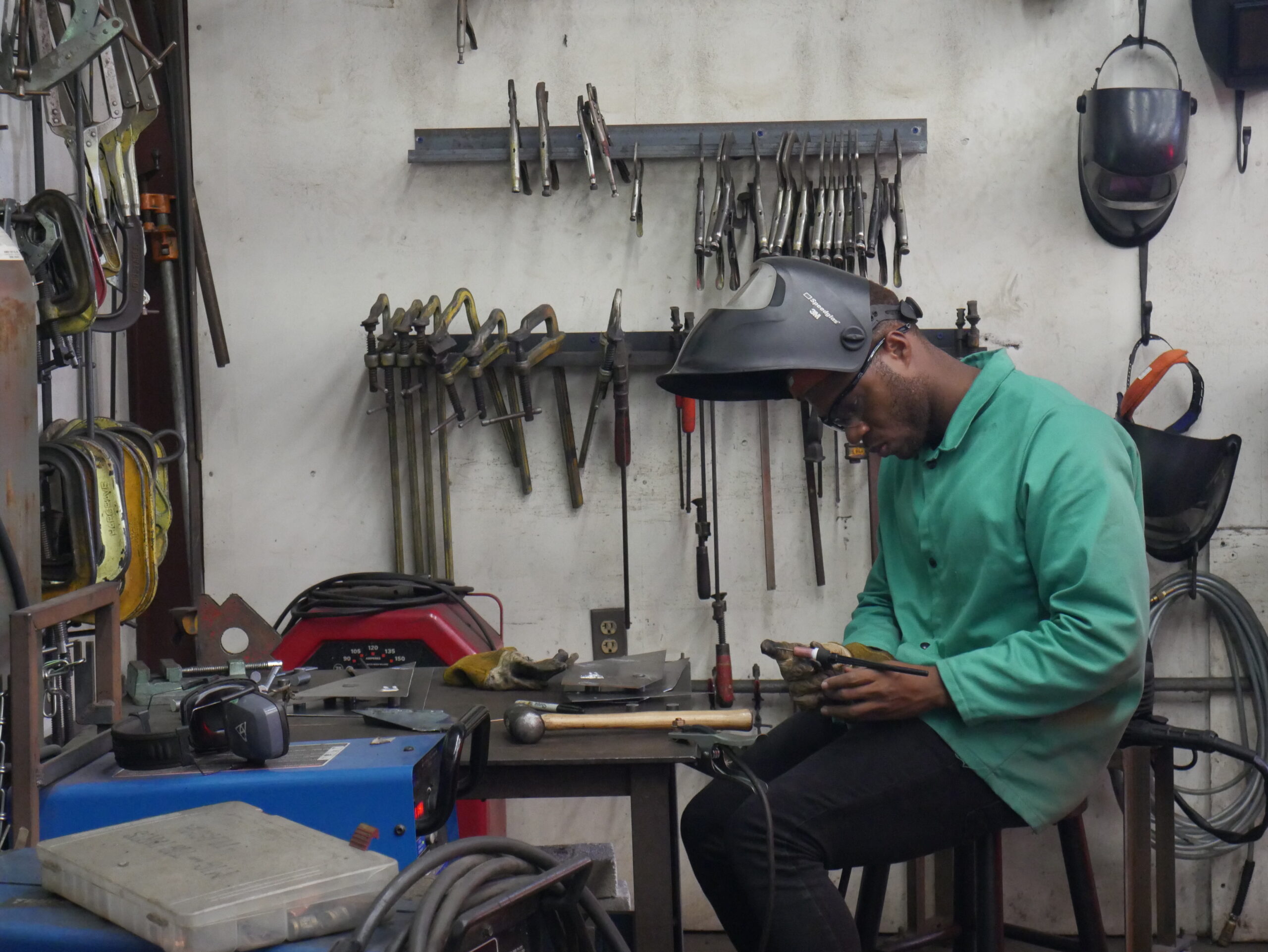
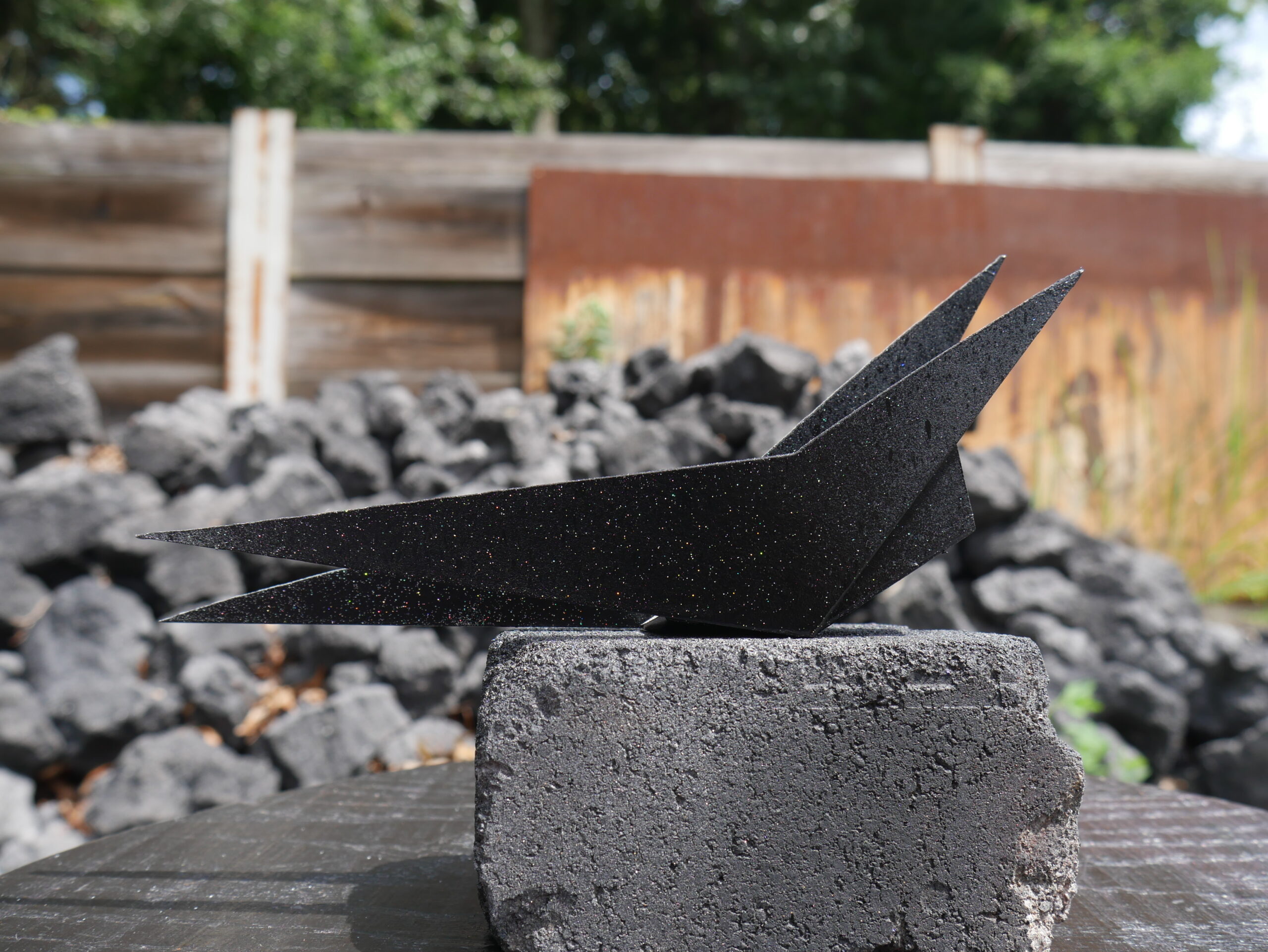
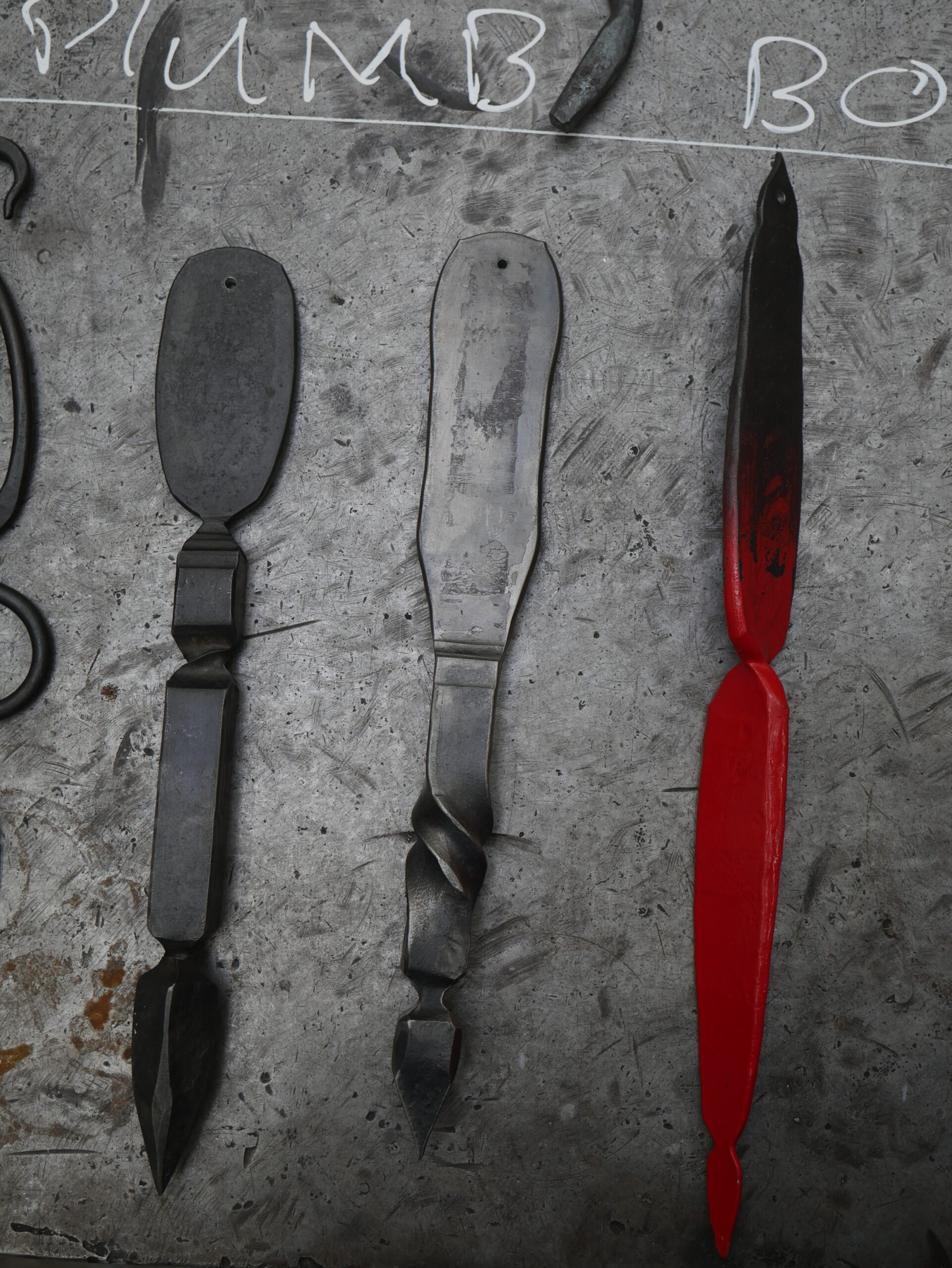



 Elizabeth Brim, Excess, 2008. Steel. Metal Museum Permanent Collection 2009.8.1. Gift of John & Robyn Horn.
Elizabeth Brim, Excess, 2008. Steel. Metal Museum Permanent Collection 2009.8.1. Gift of John & Robyn Horn.